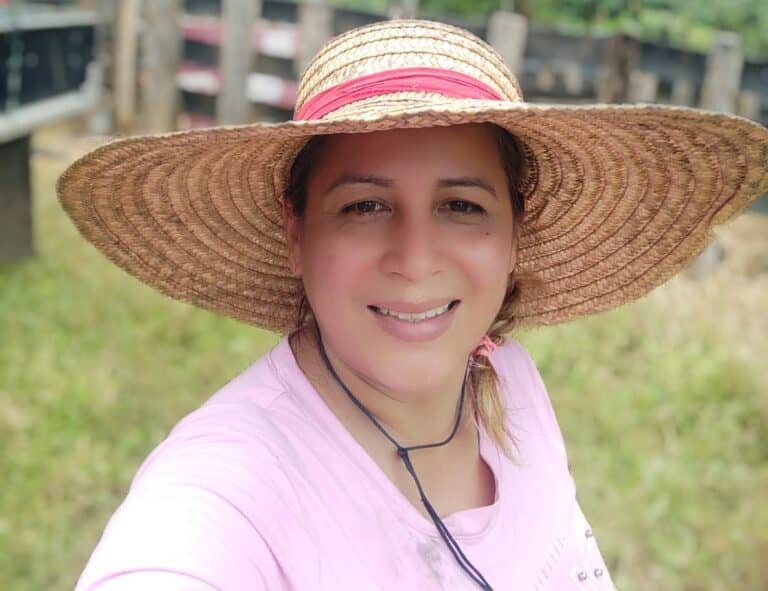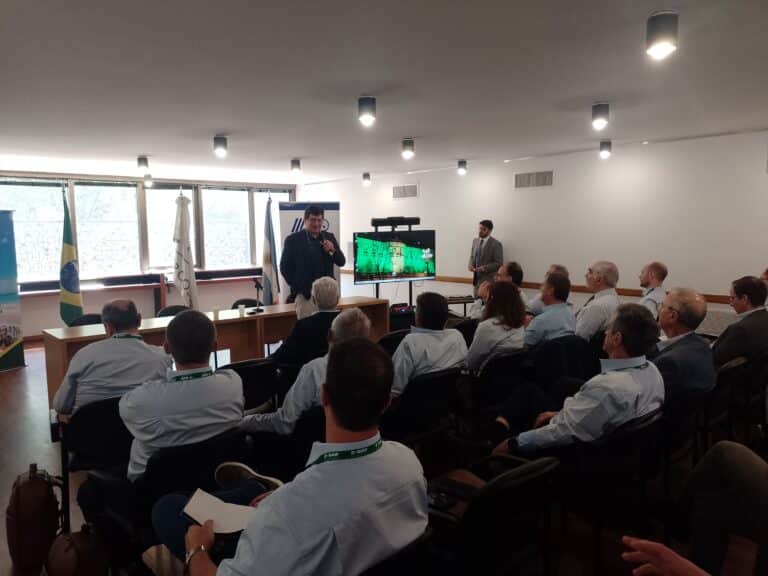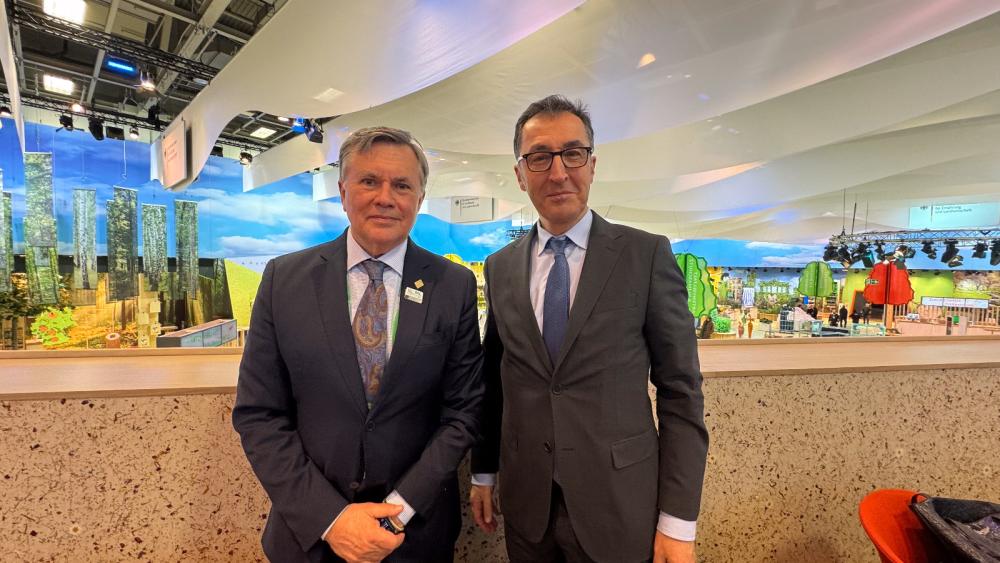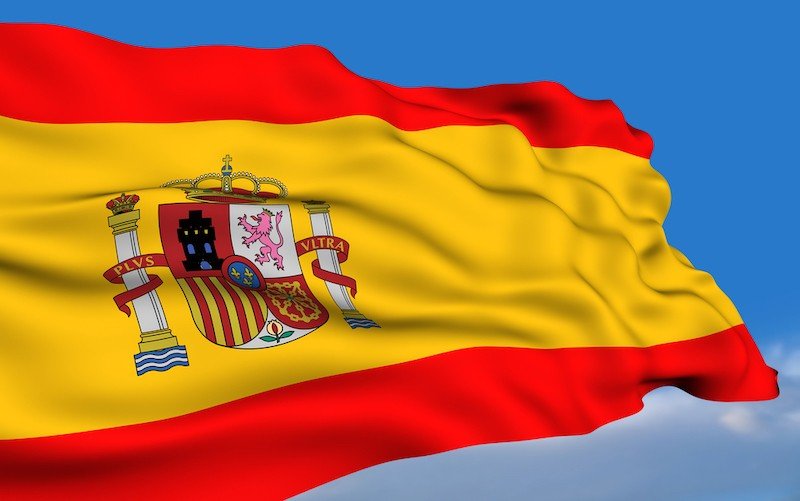An IICA project developed a methodology for promoting area-based development that involves using the chains approach to boost agroindustries and empowering the rural population.

San Jose, Costa Rica, July 11, 2013 (IICA). The Comarca Andina del Paralelo 42, in Patagonia, is well known to Argentineans on account of its fine fruits such as raspberries, cherries and blueberries, and, to a lesser degree, the growing of hops and production of craft beers.
While many Argentines know the area–it is a very popular tourist destination–few realize that it is not a single political-administrative unit.
“The comarca has a way of life all its own, shaped by the Andean landscape and the interaction among its inhabitants and how they produce. Their approach, developed collectively, makes it possible for them to live and work in the territory,” explained Hernando Riveros, a specialist with the Inter-American Institute for Cooperation on Agriculture (IICA), at a workshop held to discuss the results of a project designed to promote rural area-based development in Latin America and the Caribbean.
The initiative, entitled Area-based Development using the SIAL approach, was carried out in the Comarca Andina, the Southern Highlands of Costa Rica, the Intag Valley in Ecuador and Tenancingo in Mexico.
According to the project’s coordinator, François Boucher, the Localized Agrifood Systems (SIAL) approach is designed to galvanize agroindustries and other resources in rural territories, promote a reevaluation of such areas, and improve the quality of life of their inhabitants.
Boucher is a specialist at IICA/Mexico and a researcher with the Agricultural Research Centre for International Development (CIRAD).
The SIAL methodology is based on the dynamic among three elements–the territory, the stakeholders and the product. It aims to promote a new form of area-based management that closely coordinates the production activities of a given area and helps empower local actors, with special emphasis on the coordination of their organizations and the adoption of the chains approach to boost their agroindustries.
In the Argentine case, although the four municipal districts that make up the Comarca Andina do not belong to a single political-administrative unit, the tourism industry has managed to give a sense of cohesiveness and identity to the different production activities that take place in the area: tourists can eat fine fruits, try the beer and purchase locally handcrafted goods.
The project for the application of the SIAL approach, carried out between 2011 and 2013, took advantage of this dynamic. “We set out to transform the process of using the SIAL approach to galvanize specific resources, converting them into an operational tool for promoting area-based development by coordinating, strengthening and boosting the synergies among all the local stakeholders in the territory,” Boucher explained.
The IICA project, financed with resources from its Competitive Fund for Technical Cooperation (FonTC), was supported by CIRAD and Argentina’s National Agricultural Technology Institute (INTA).
Based on this initiative, a methodological guide to the SIAL approach was developed that can be applied in the development processes of other rural territories in the hemisphere.
Results
In the workshop held at IICA Headquarters, the speakers presented the main “activation projects” implemented in the territories following preparatory work in each of the areas selected.
In the Southern Highlands of Costa Rica, in the cantons of Buenos Aires and Coto Brus, a seal of quality linked to the area is being developed for local products, which include coffee, beans and honey. Also being promoted is the creation of an agro-shop to market local goods, and a map highlighting the tourist attractions and rural agroindustries in the area.
In Ecuador’s Intag Valley, in the Northern province of Imbabura, projects are being prepared for presentation to the Global Environment Facility (GEF), an international fund, that involve the promotion of agricultural production through a network of learning farms and community management of micro-watersheds, among other objectives.
The creation and consolidation of a committee of artisans, as well as a center to promote and market their products, are some of the initiatives undertaken in Tenancingo, state of Mexico.
The work in the Comarca Andina del Paralelo 42, in the mountainous Patagonian region of Los Lagos, in the Argentine provinces of Río Negro and Chubut, focused on the promotion of agricultural activities linked to tourism, and specific proposals for land use planning based on the type of production most suited to the conditions.
The “activation projects” were designed to provide solutions to problems detected in the four territories. Some of the common situations encountered were weak sectoral policies, high production costs, ineffective marketing of products and services, unstructured activities and limited value added, the high environmental impact of production activities, and the way in which producers work independently of one another.
For more information, contact:
francois.boucher@iica.int











